The Treasures of La Girona
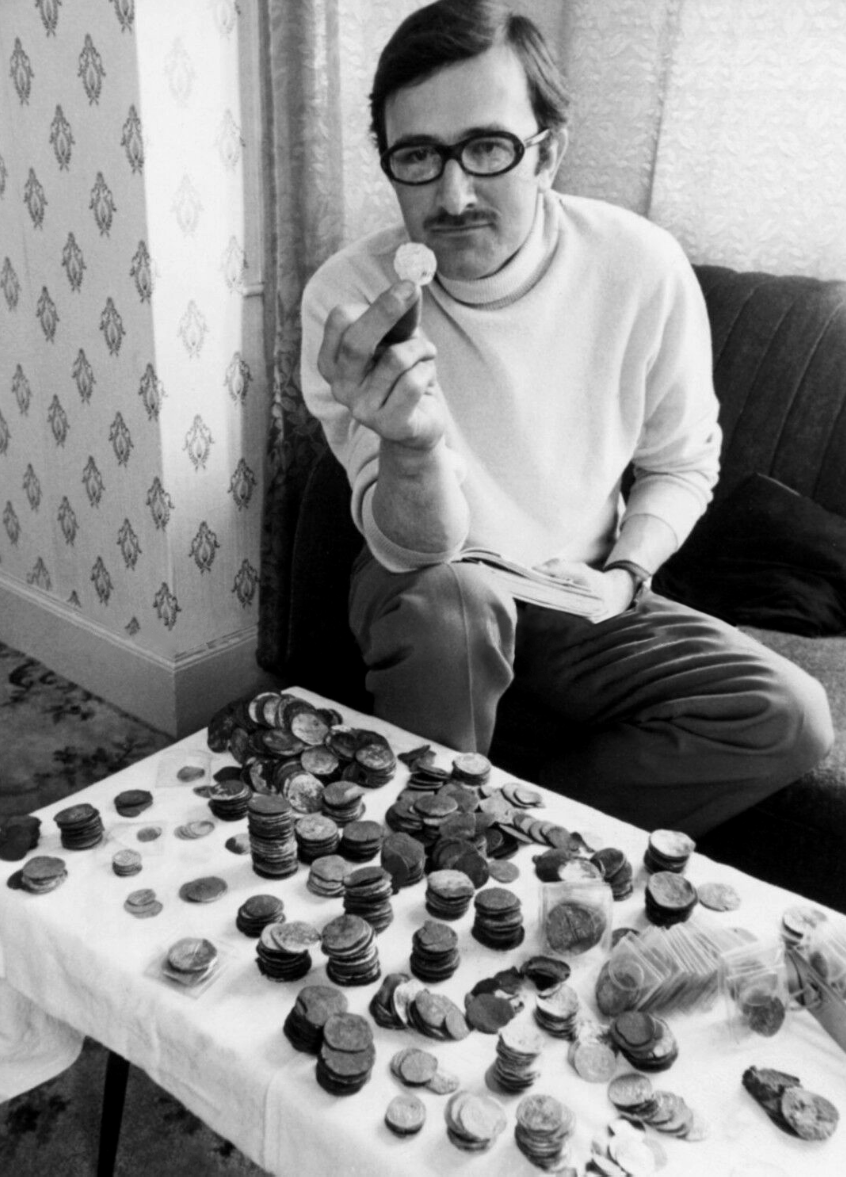
Robert Sténuit
Having carried out over 600 hours of research in Madrid, Robert Sténuit, already a famous treasure hunter and deep sea diver, and Marc Jasinsk, an underwater cameraman, came to the North Coast of Ireland to find the wreck of La Girona.
Robert’s research had identified that Girona had sank on the North Coast of Ireland, but its exact whereabouts were unclear, possibly through deliberate disinformation from the then-owner of Dunluce Castle, Sorely Boy McDonnell.
On arriving in Bushmills, Mac spent one and three pence on “A Guide to the Giants Causeway.” They found the comment, “in 1588 … the galleass Girona was wrecked off a little cove near the Giants Causeway, still called Port an Spaniagh.”
The search was on!

The Salamander
The Salamander was a gold brooch set with rubies recovered from La Girona. The Salamander was a favoured wartime talisman.
In ancient times, even up to Leonardo da Vinci, people believed that Salamanders live within damp logs and could actually exist within a fire.
Fire being a major threat to those in wooden ships, it became a way to protect the owner from such a blaze.
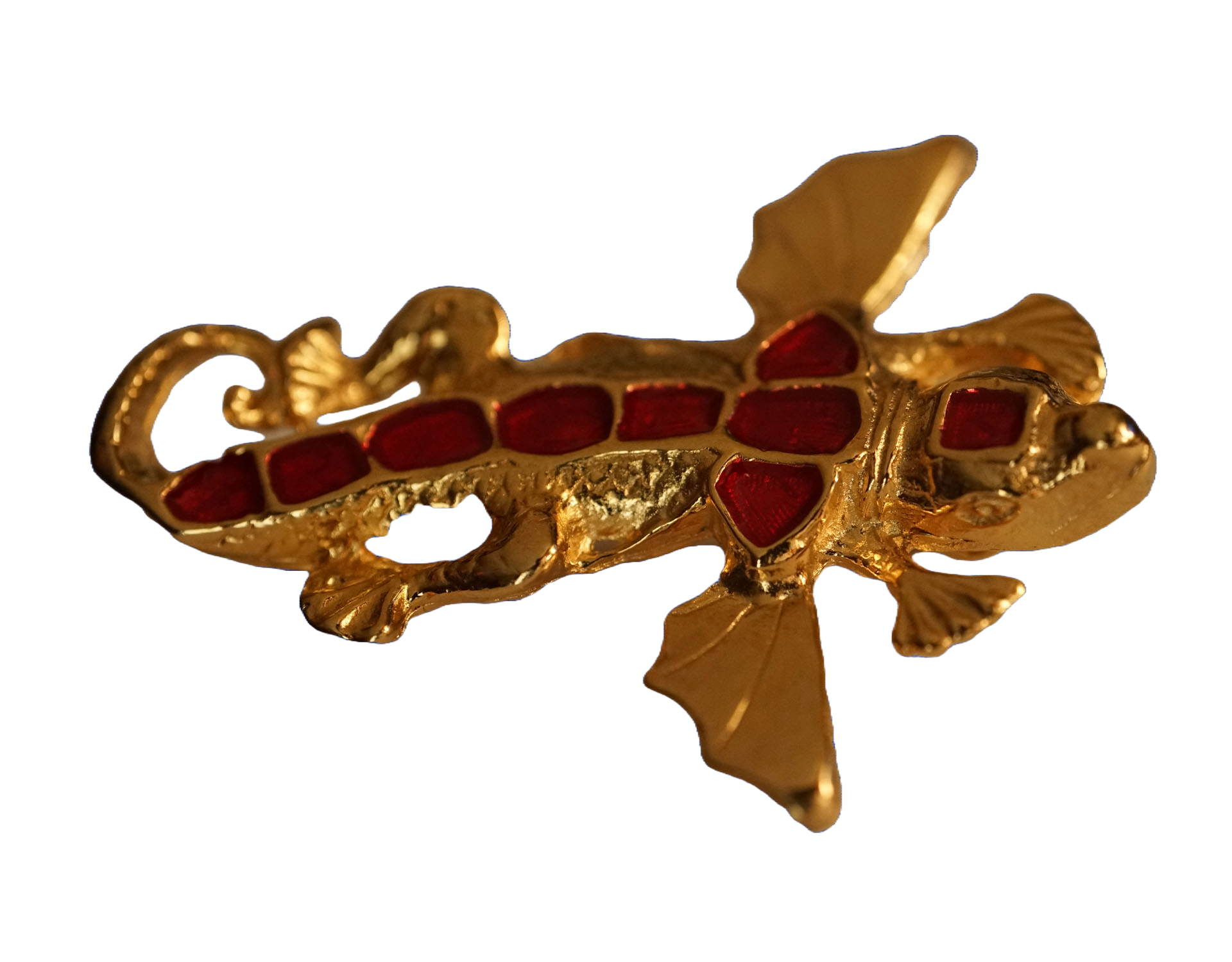

Gold Reliquary
A reliquary is a container used to store and display religious relics, which are usually the physical remains of saints or other religious figures.They are often displayed in churches, temples, or shrines and are venerated by the faithful who make pilgrimages to gain blessings.
A reliquary on a chain is called a reliquary pendant.
In the Middle Ages, bishops and other high-ranking clergy members often wore reliquary pendants to symbolise their authority and piety. These pendants would contain small relics, such as bone fragments or pieces of cloth, that were believed to have belonged to saints or other holy figures
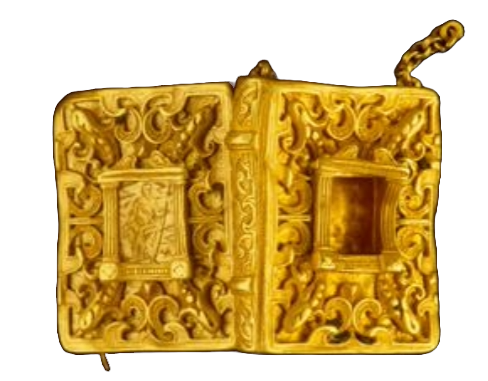

The Order of Santiago
The Order of Santiago is a religious and military order founded in the 12th century in Spain. The order’s insignia is a red cross resembling a sword, with the shape of a fleur-de-lis on the hilt and the arms. The three fleurs-de-lis represent the “honour without stain”, which is in reference to the moral features of the Apostle’s character. The sword represents the chivalrous character of the apostle St. James and his martyr ways, since he was decapitated with a sword. It can also symbolize taking the sword in the name of Christ, in a certain sense. The Order of Santiago was established to protect the pilgrims on the Way of St. James to defend Christendom and to remove the Muslim Moors from the Iberian Peninsula.
As the image suggests, it was worn by senior officers in the Spanish Military. (This may have been worn by Alfonso De Laya, the officer then in charge of Girona at the time of the shipwreck.
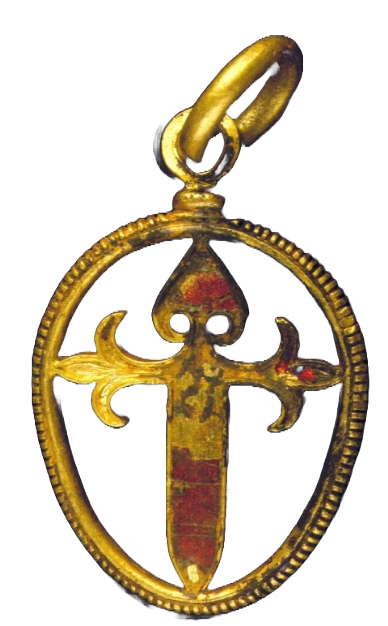
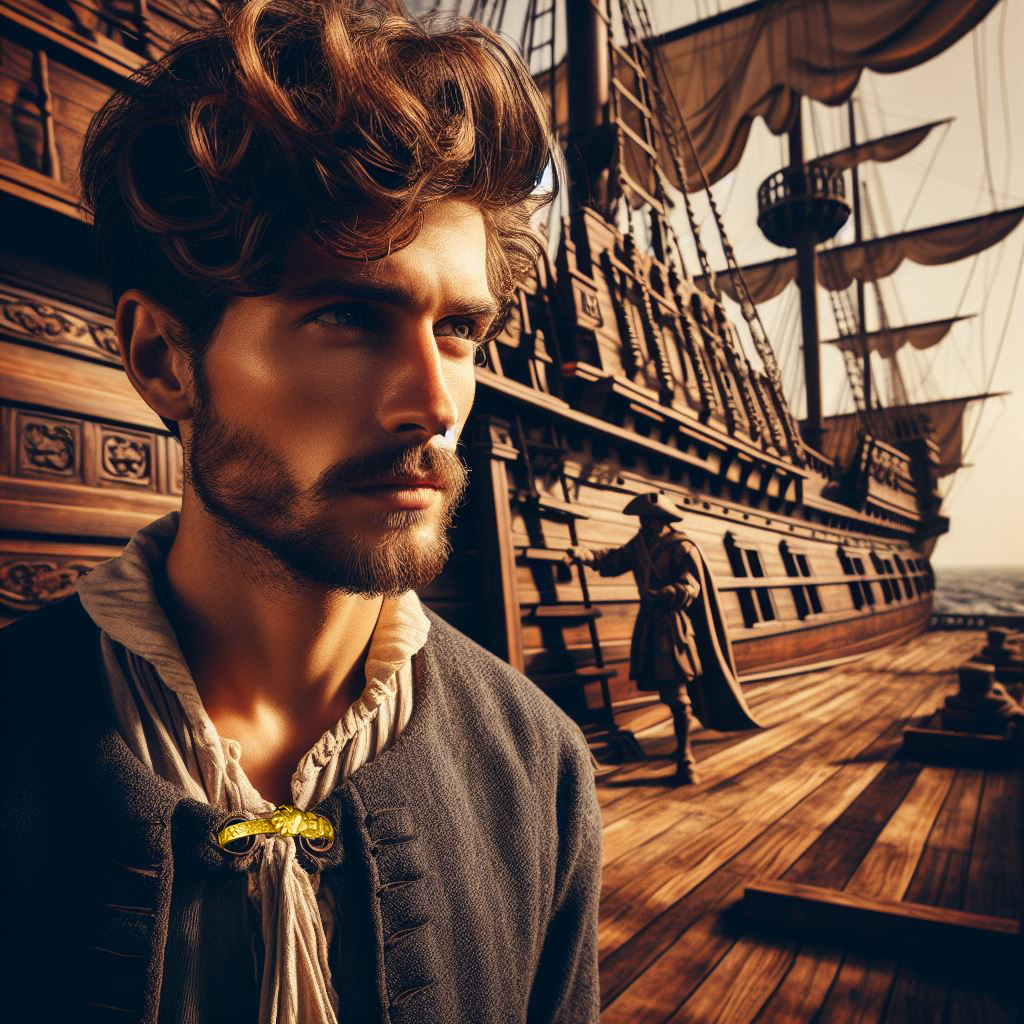
No tengo más que darte
This ring was given to a sailor on his departure. The ring has the inscription “No tengo mas que dar te.” and is translated as “I have nothing more to give Thee.”
The ring plays an important role in the story of La Girona and our Spanish friends in Armada Invencible.org who arranged a piece to be composed by Manuel Comesaña.
That piece had its inaugural performance by the Ulster orchestra in Portballintreae on 11th June 2022.
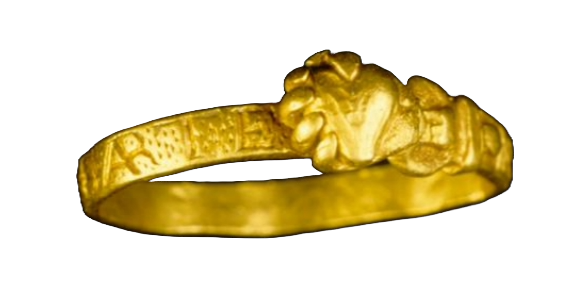
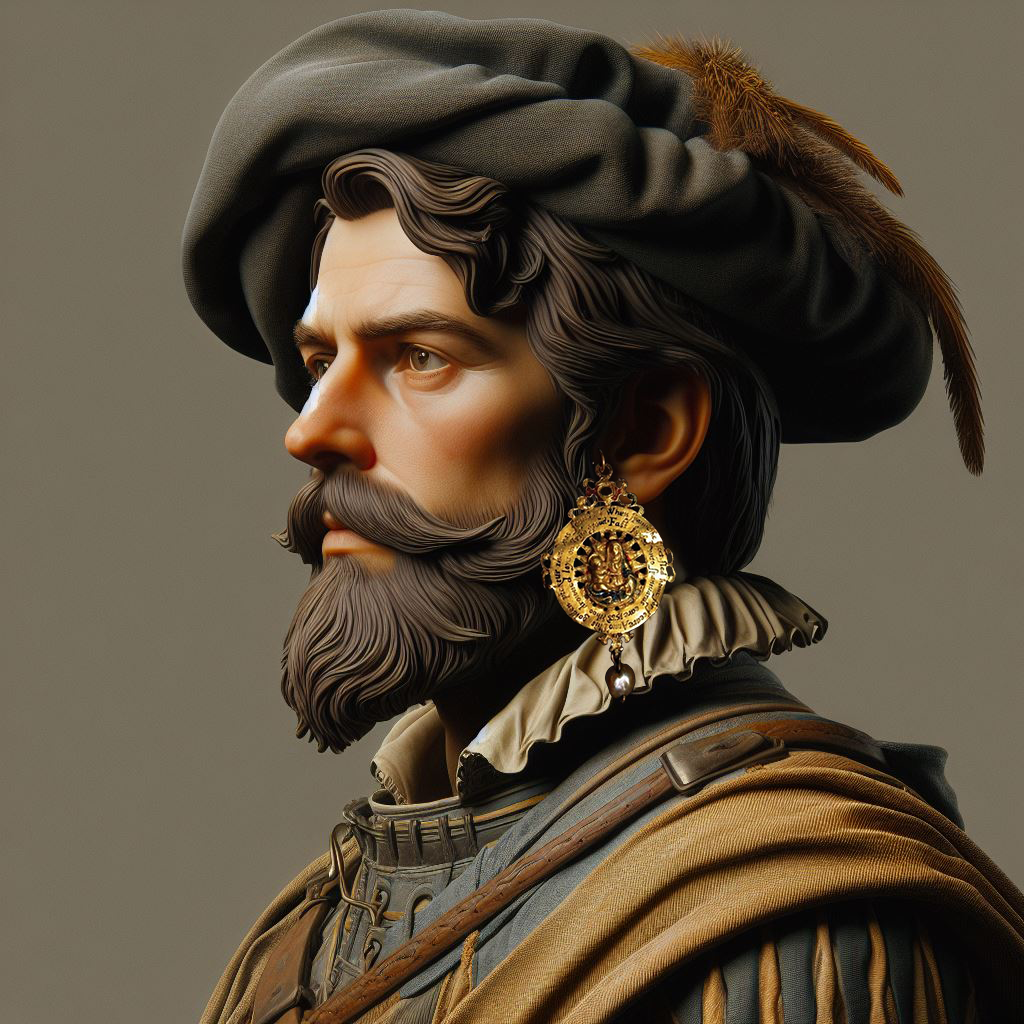
The Ulster Museum in Belfast is home to an extraordinary collection of jewellery associated with a ship that sank off Lacada Point near the Giant’s Causeway in County Antrim in Northern Ireland.
La Girona, a Spanish galleass, was on its way home in October 1588 following the defeat of the Spanish Armada.
Its wreck was recovered in 1967. Years later, in the early 1990s, the museum acquired a jewel that may have originally come from the same ship. At the centre of this gold, enamelled, and gem-set pendant jewel is an image of the Madonna and Child surrounded by a sunburst. It is set within a later border inscribed:
‘When Spanneshe fleet fled home for feeare This golden picktur then was founde ’Fast fexsed vnto Spanniards eare [1588] Whoo drowned laye on Irish grud.’
What had once been a Spanish sailor’s earring with a Catholic devotional image was, soon after its discovery, converted into a pendant. The new owner created a gem-set gold border with enamelled scrollworkdecoration at the apex and a fleur-de-lys at the base to which is attached a pearl pendant. A large amethyst of octagonal form is set within a collet and inscribed at the sides, ‘The first gift to Mary’. This jewel is an extraordinary record: it provides material
evidence for the wearing of earrings by 16th-century men,
supporting pictorial records of adventurers such as Sir Francis
Drake (1540-1596) and Sir Walter Ralegh (1552-1618).
Further, the jewel’s inscriptions reveal that it came from the ear of a dead Spaniard whose body was washed up in Ireland after the Armada campaign.
It was transformed from a trophy of war into a token of family love and affection, remaining an important family heirloom until the 20th century.
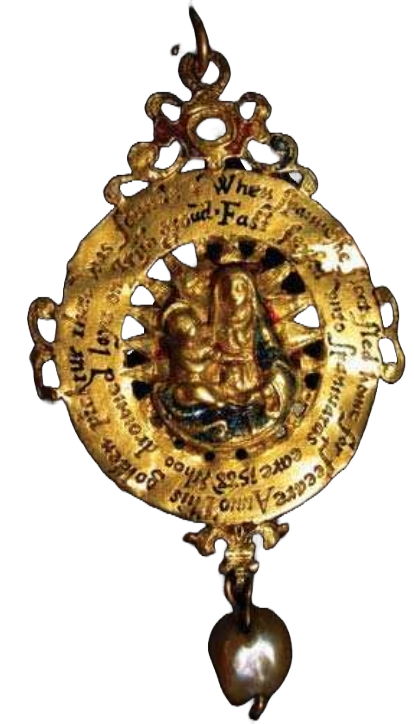
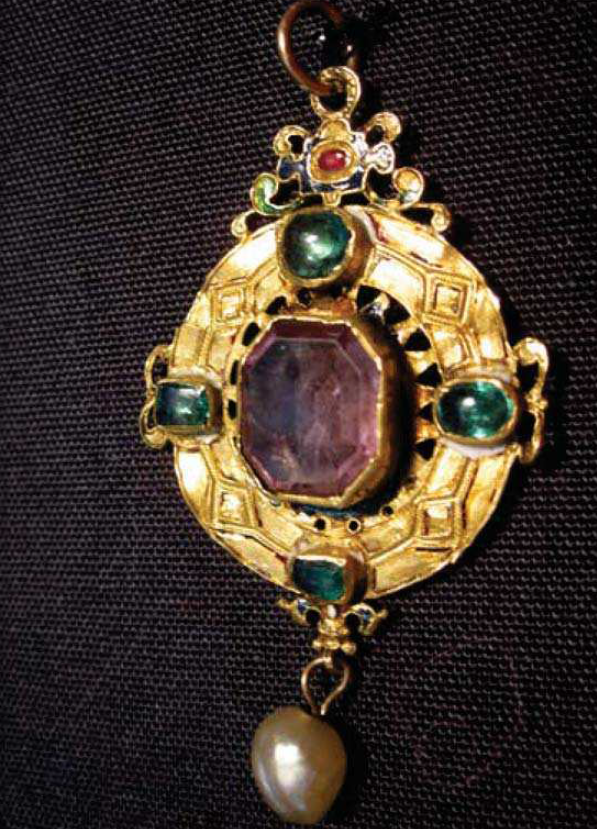
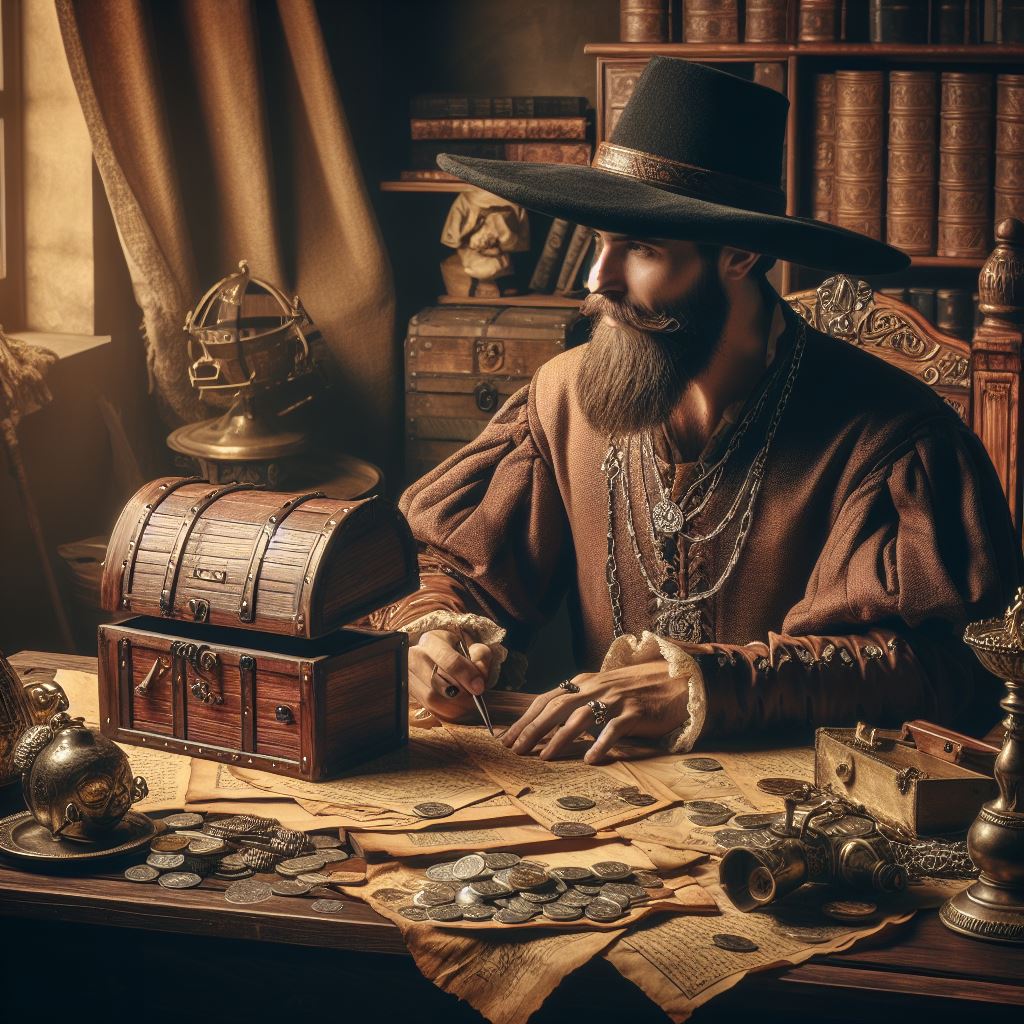
Cash
As the Lords, Gentry and Merchants intended to conquer and remain in England for some years, they brought with them a large amount of Spanish coinage with which they intended to set up their estates and businesses.

Phone
(255) 352-6258
VISIT
8am to 5pm
Mont–Sat
Divi Museum
hello@divimuseum.com
Address
1234 Divi St. #1000 San Francisco, CA 94220.
